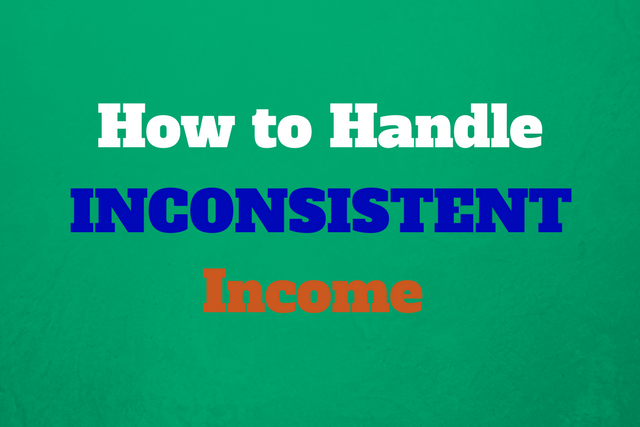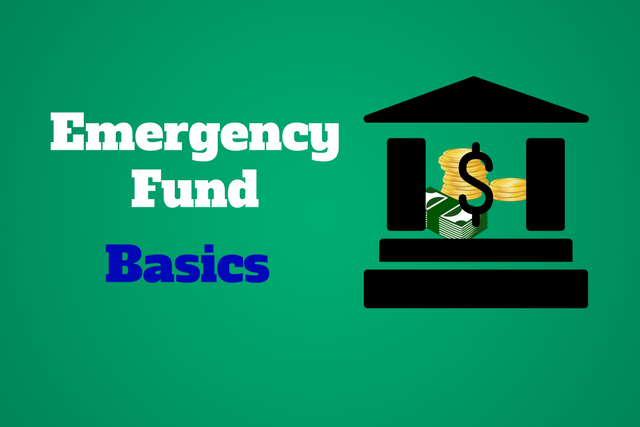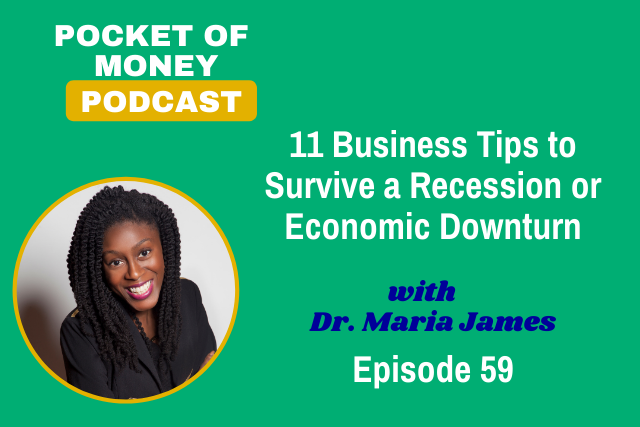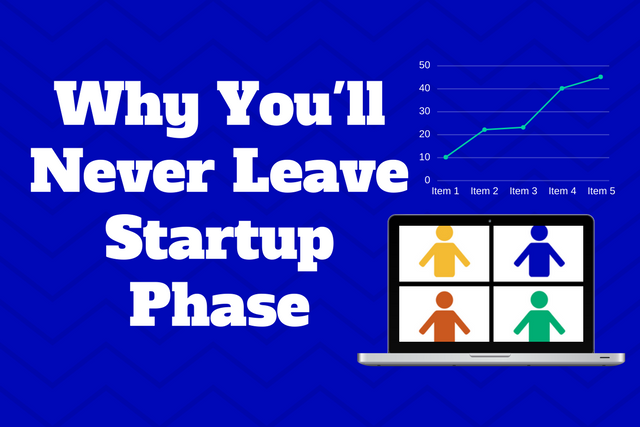POM005: How to Handle Inconsistent Income

In this episode, we’re going to talk about how to handle money management when you’re income can fluctuate month to month. If you’re self-employed or work on commission, you likely do not have a guaranteed set amount of money coming in every month. Your income varies depending on sales. If your work is seasonal, you also have unique challenges with creating a spending plan. In any case, a spending plan and organization are going to be crucial to keeping your money robust and healthy.
Here’s how to design your money strategy.
1) Estimate your average monthly income.
Look back at the past 12 months. Take the average of all 12 months. Include your employment income and any other household income used to handle bills. This is the number that you’ll use for your income in your spending plan. You have to have an idea of how much you’re working with in order to plan how to use it efficiently.
2) List your expenses. Get the average.
Make a list of your expenses. Break them into fixed and non-fixed. Fixed expenses are the expenses that are the same every month. Non-fixed expenses are just like they sound, these are things where the amount you pay each month fluctuates. For example, food is a non-fixed expense while the mortgage or rent is a fixed expense.
Include absolutely everything. Whether it’s a penny, a dollar or $100, write it down. Put it in the spending plan.
3) Prioritize your expenses.
Now once you have the list of expenses. It’s time to order them from most important to least important. Number them starting at one, this is the most important.
Most important is of course going to be a need, things you need to survive such as shelter and food. If it is an extremely tight month, or it’s been a string of really tight months, as you pay your bills you may not make it all the way down the list. However, you will have paid or taken care of the most important items. You can make payment arrangements for the rest of the expenses.
Decide what you would cut if times got really tough as in you have an extended period of time with low revenue or income.
Be realistic.
4) Spending Plan break down:
You want maximum 50% of your budget going towards needs the if I don’t have this I die. Things like shelter and food.
Wants, like entertainment should be at most 30% of your budget. The other 20% should be going towards saving.
You can see with this type of budget break down you give yourself a lot of leeway in your budget. So when you’re going through the lean months or it’s a slow month in your business and you need to decrease how much you pay yourself, you’ve left yourself wiggle room and you have an entire 20% you can reclaim if need be.
Putting 20% away consistently also makes sure you’ll keep your financial cushion intact that you can tap into when things get rough and income is low.
Other important tips:
1) You may want to set up two savings accounts. One for your emergency fund and the other to house the money you set aside for the rest of the year if you’re in a seasonal position. Transfer money over to your checking account each month to handle expenses and avoid overspending.
2) Keep it separate. If you’re self-employed, keep the business and personal finances separate. Yes the business is providing your income on which you live. However, you still need to transfer money to your personal checking account to maintain separation between business and personal finances. This will make things much easier as your business grows and for tax time.
3) Have a plan B. Have a contingency plan for the very lean months. Create a list of expenses that can be cut altogether if necessary. Also have a plan for when things go really well and you bring home much more than expected. Extra money should go towards your top financial goal.
Thanks for listening:
If you have any comments or questions about this episode, leave a comment below. If you liked what you heard subscribe on iTunes and rate it.






